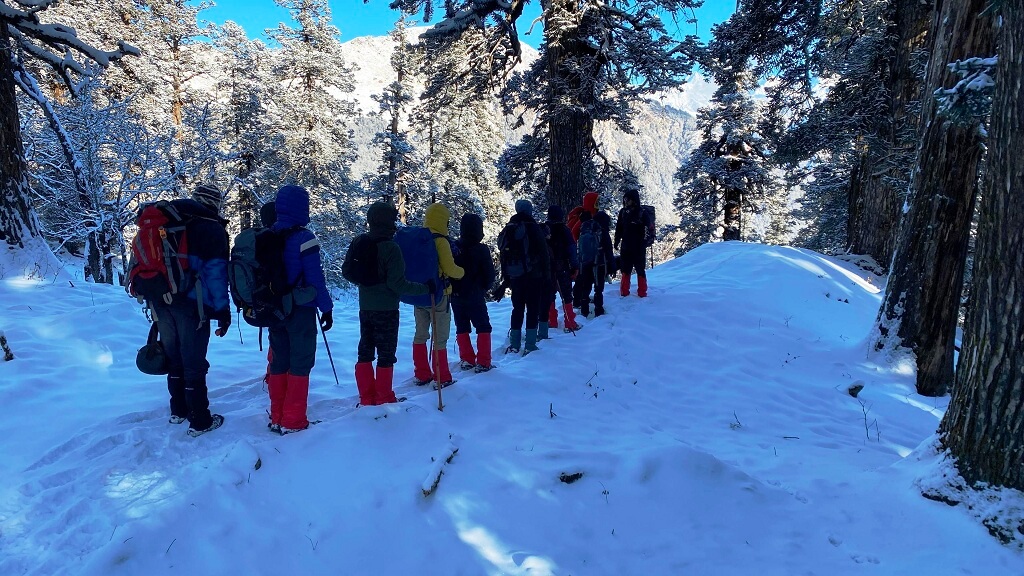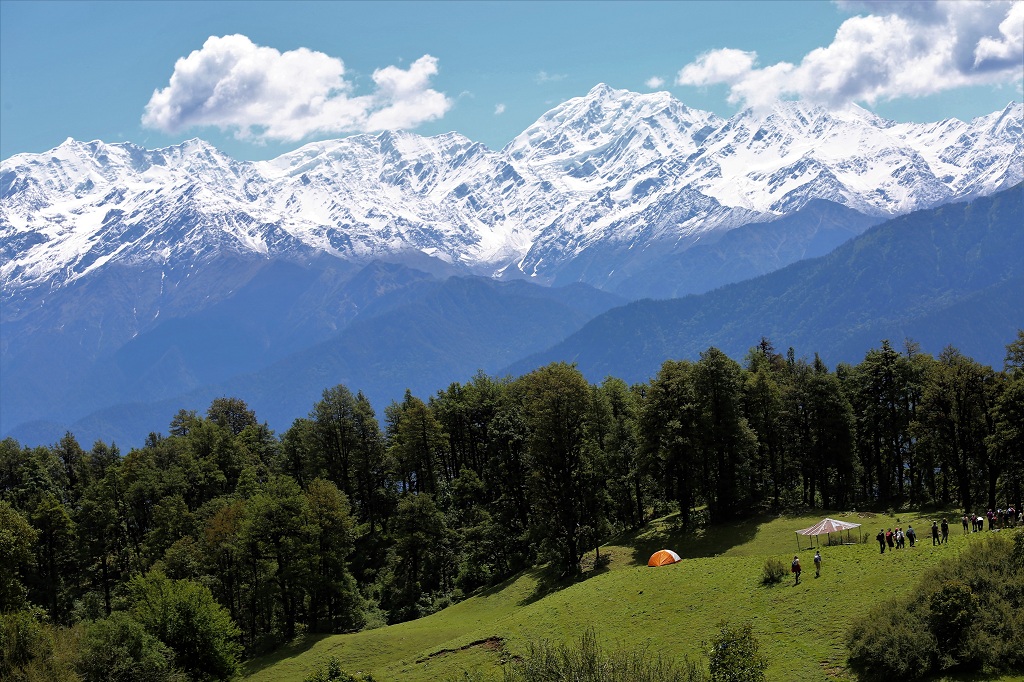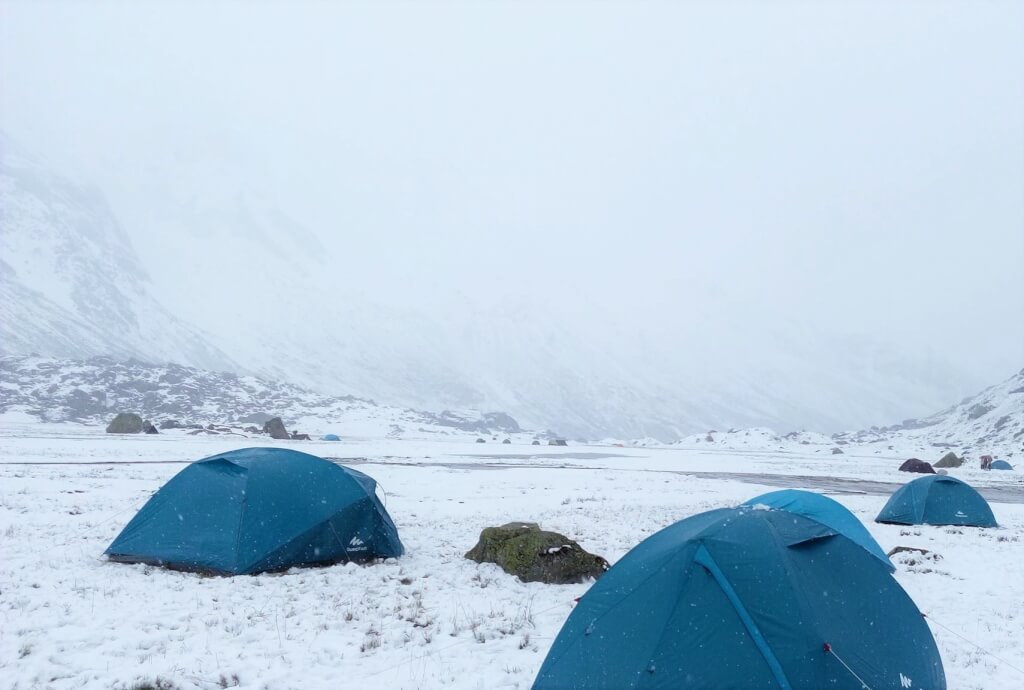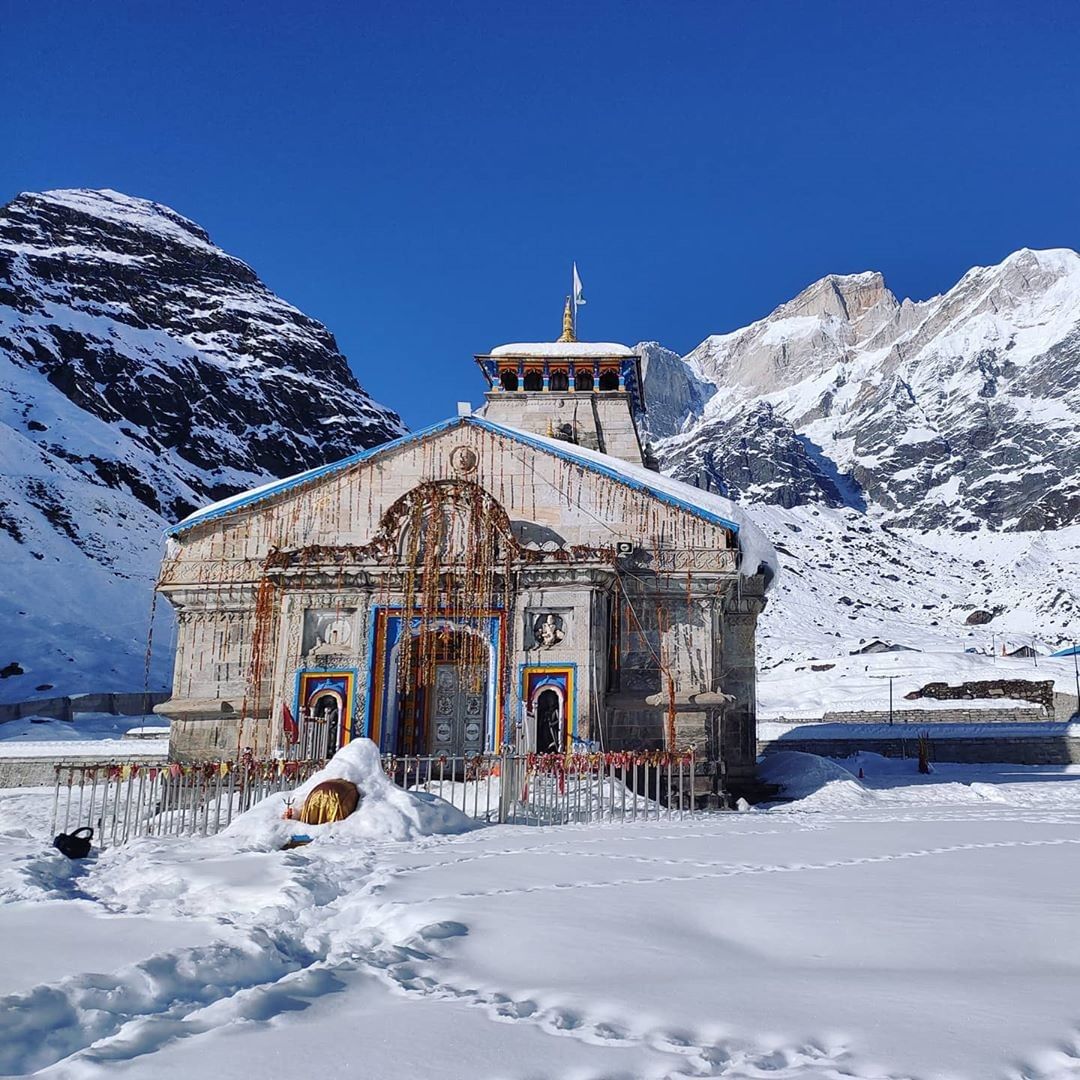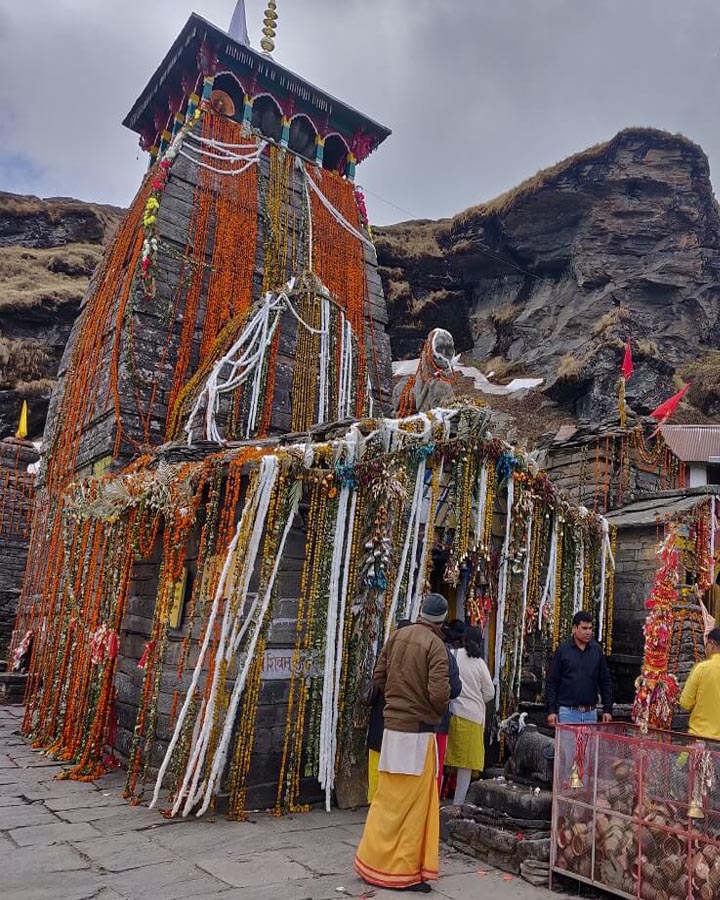1. What is Neelkantha Peak?
Neelkantha Peak is a prominent mountain peak located in the Garhwal Himalayas of Uttarakhand, India. It rises to an elevation of 6,310 meters (20,700 feet) above sea level. The peak is part of the majestic range surrounding the Badrinath area and is known for its striking beauty and challenging climbing routes.
2. How do I get to Neelkantha Peak?
The base for the trek or expedition to Neelkantha Peak is generally Badrinath. From there, climbers and trekkers usually head to the base camp, which is situated at an altitude of around 4,200 meters (13,800 feet).
3. What is the best time to visit Neelkantha Peak?
The ideal time to visit Neelkantha Peak is between May and September. During these months, the weather is relatively stable, and the snow conditions are more favorable for climbing. The winter months (November-March) bring heavy snowfall and extreme cold, making climbing conditions difficult.
4. What level of difficulty is the climb?
Climbing Neelkantha Peak is considered to be of high difficulty and is suitable for experienced climbers. The ascent involves technical climbing skills, including ice and snow climbing, and navigating crevasses. It’s crucial to have prior experience with high-altitude climbs and glacier travel.
5. What kind of permits are required?
- Climbing Permit: Issued by the Indian Mountaineering Foundation (IMF) or the Ministry of Home Affairs.
- Trekking Permit: Generally arranged through local authorities or a registered trekking agency.
- Inner Line Permit: If you’re a foreign national, you might need an Inner Line Permit for traveling in restricted areas.
6. Are there any facilities available during the climb?
Facilities on the climb are minimal. There are no established huts or lodges at higher altitudes, so climbers need to be self-sufficient. This includes carrying your own camping gear, food supplies, and other essentials. Base camp may have some basic facilities, but it’s essential to be prepared for high-altitude camping conditions.
7. What kind of gear and equipment do I need?
- Technical Climbing Gear: Crampons, ice axes, ropes, harnesses, and carabiners.
- Clothing: Warm, layered clothing suitable for extreme cold, including a down jacket and thermal layers.
- Camping Gear: High-altitude tent, sleeping bag rated for extreme temperatures, and cooking equipment.
- Safety Gear: Avalanche transceivers, first aid kit, and communication devices.
8. Is it necessary to have a guide or support team?
Yes, it is highly recommended to have an experienced guide or support team for climbing Neelkantha Peak. The climb involves technical challenges and potential hazards, so having professional support can enhance safety and increase the chances of a successful ascent.
9. What kind of wildlife might be encountered?
The region around Neelkantha Peak is home to a variety of Himalayan wildlife, including the Himalayan tahr, snow leopard (though sightings are rare), and various high-altitude bird species. However, wildlife encounters are less common during technical climbs.
10. Can I attempt the climb without prior high-altitude experience?
No, it is not advisable to attempt Neelkantha Peak without prior high-altitude climbing experience. The peak requires technical climbing skills and the ability to handle extreme weather conditions and high altitude. It is crucial to build up experience with easier climbs and develop necessary skills before attempting this peak.

